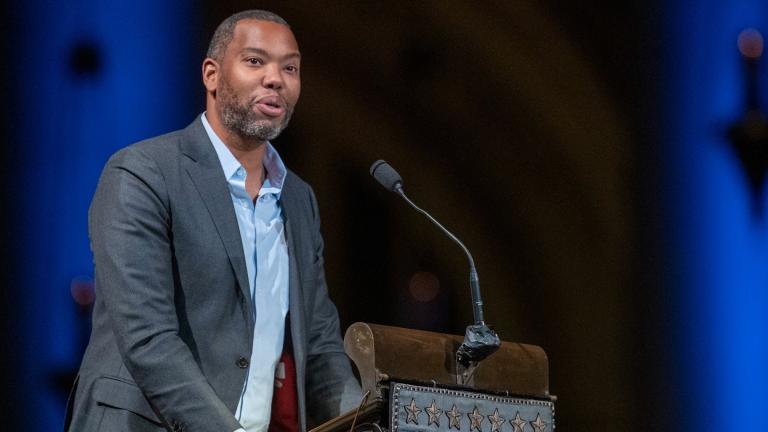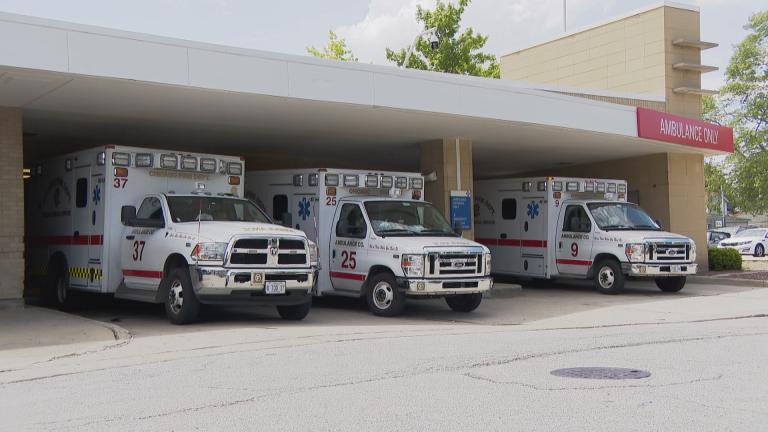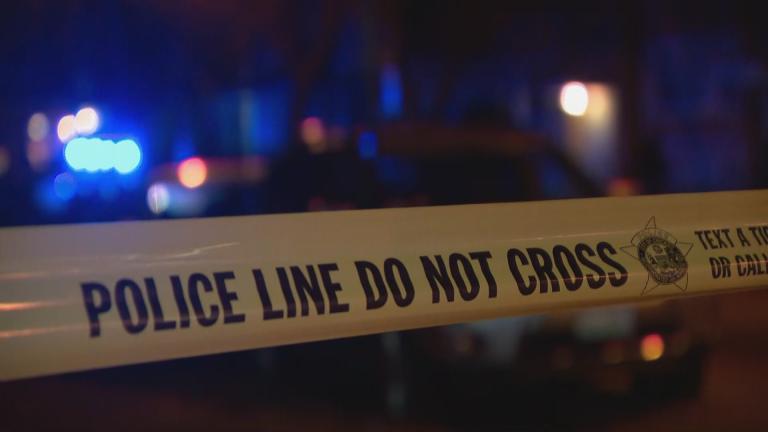The statistics are sobering. Twenty-six percent of women on college campuses report having been sexually assaulted, according to a new report by the Association of American Universities. That rate stands at 30 percent for gender-non-conforming students. And the Department of Justice says 16 percent of men are assaulted during college, yet nearly 90 percent of those attacks go unreported.
Because students often fear repercussions for reporting assault, those numbers may be higher in reality. And victims’ advocates say the universities have failed to handle the reports that they do receive, adequately.
The Federal Office for Civil Rights is currently investigating how 144 universities handled their sexual assault cases. That's up from 55 schools in May 2014. The four in Illinois under investigation are Knox College, Monmouth College, Southern Illinois University and the University of Chicago.
There's a new law in Illinois called the Preventing Sexual Violence in Education Act that requires higher education institutions to establish sexual violence policies and responses.
Joining us to talk about the new law and how sexual assaults are being handled at universities are Sharmili Majmudar, executive director of Rape Victim Advocates, which is a non-profit organization that provides direct services to victims as well as lobbies for changes in the legal and medical system to help survivors; Rebecca Gordon, the Title 9 coordinator at the University of Illinois at Chicago's Office for Access and Equity which helps student victims at UIC; and Cara Hendrickson, chief of the Illinois Attorney General's Public Interest Division and who spearheaded the Illinois Preventing Sexual Violence in Education Act.
Chicago Tonight: Can you explain Illinois’ new campus sexual assault law?
Cara Hendrickson: The new law, HB821, is called the Preventing Sexual Violence in Education Act. It puts in place a variety of requirements for higher education institutions to prevent and provide a minimum floor for schools to respond to sexual violence on campus. First, it requires the school to put in place a sexual violence policy, a uniform policy and procedure for all students. Believe it or not, not all schools have a sexual violence policy.
For example, we found that some cases against athletes were adjudicated one way and cases against band members at the same school were dealt with in another way. We also found that 20 percent of all claims against athletes were adjudicated through the athletic department. Not anymore. That’s not OK anymore under Illinois law. So the new law puts in place rules of the road for all students no matter who you are.
The new law defines a minimum definition of consent. It provides reporting options for students. Students will have a mechanism to report electronically, and it was college students themselves who pushed for this one. Administrators were responding to the student by U.S. mail. Now anonymous, confidential reporting is required by state law. Schools also have to educate students about policy. Kids were saying that they didn’t know what the school’s policy was and where to find it. Students didn’t know where to turn when something happens. So now schools have to put it all up on Web page including where to find health care and how to contact law enforcement. Help can be on campus, or it can be directions to a rape crisis counseling center. It also provides information and access to confidential advisors on campus.
![]()
The new law requires students and faculty to be trained annually about where they can turn for help. They found most of the time, that faculty and students didn’t know what the school policy was, so now every student and faculty will hear it every year.
–Cara Hendrickson
There are immediate things a victim has to deal with like changing housing, seeing their perpetrator at exams or in the dining hall, etc. If the reporting is done through the school, the university can help the victim with those things. We spent a lot of time with survivors and rape centers when we were crafting the law. They said we need help available both on and off campus. Plus, different parts of the state have different resources. For example, a local rape crisis center could be 100 miles away if you go to school downstate. We want the victims to get the best help available.
The new law requires students and faculty to be trained annually about where they can turn for help. They found most of the time, that faculty and students didn’t know what the school policy was, so now every student and faculty will hear it every year. That information can be via a webinar or freshman orientation or a dorm meeting. The law includes training on bystander intervention for staff, RAs, professors, etc. so they can give a “trauma informed” responses to be compassionate to the victim but also so those first responders know what to do. The first response is critically important about what to do next. If that first responder is a confidential advisor from the school, that person gets 40 hours of training.
The new law also requires an amnesty provision. Students don’t think they’ll be believed or they think they will get in trouble for underage drinking and drug use when the assault happened. So schools now have to have an amnesty provision for underage drinking so that dealing with sexual violence is a priority. Sexual violence includes domestic violence, stalking, and sexual assault.
CT: When does the law go into effect?
CH: It goes into effect in August of 2016, so the schools have a year to put everything into place.






